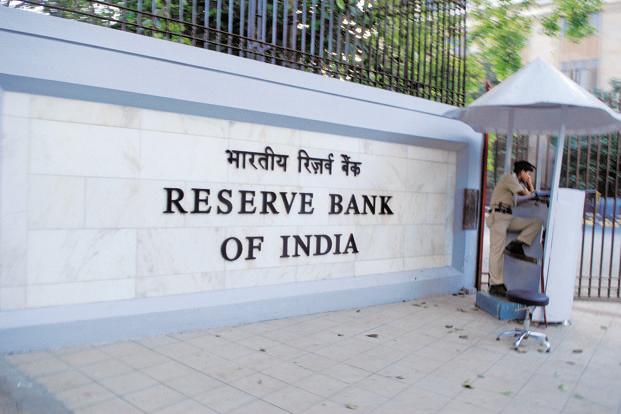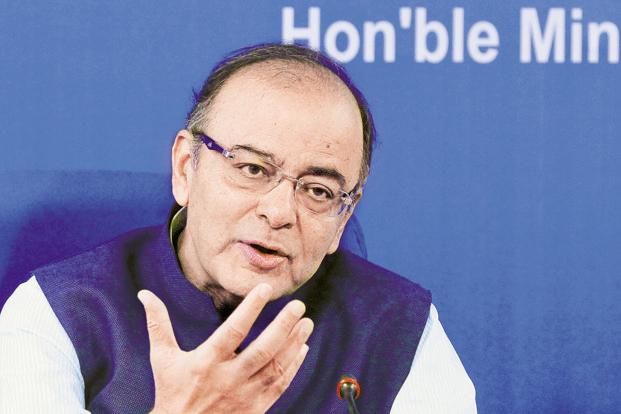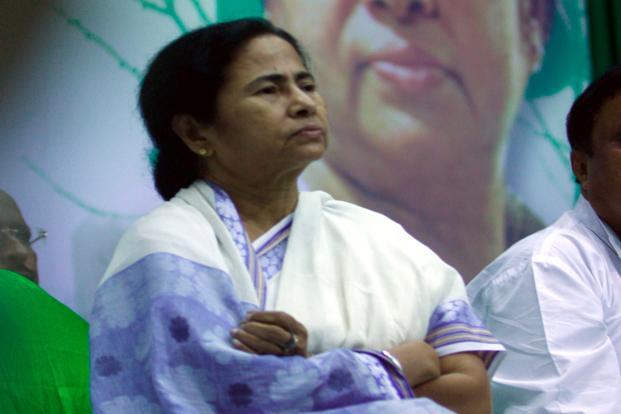Just about every analyst has been predicting a quarter-percentage-point policy rate cut by the Reserve Bank of India (RBI) in its monetary policy review on Tuesday. A few of them had even anticipated such an event ahead of the 2 June bimonthly policy meeting. In the previous monetary policy meeting on 7 April, RBI maintained the status quo, but that was preceded by back-to-back inter-meeting rate cuts in January and March of a quarter percentage point each. The Indian central bank’s benchmark policy rate, or the repurchase (repo) rate, is now 7.5%.
Why is everyone rooting for a rate cut? There are several reasons. The most important of them is the moderation of retail inflation to a four-month low to 4.87% in April from 5.25% in March, and below the consensus expectations of 4.93%. Indeed, non-food, non-oil, manufacturing inflation, or the so-called core inflation, quickened, but the good news is that food inflation slowed sharply to 5.4% from 6.3% in the previous month, allaying fears that unseasonal rain would stoke food costs. Wholesale inflation contracted in April for the sixth month in a row, dropping 2.65%, but it is of no great significance in RBI’s scheme of things.
Retail inflation will probably continue to slow till August because of a favourable base effect. Average inflation for the current fiscal year will definitely be slower than the 6% recorded in the year ended 31 March. The January 2016 inflation figure is also set to be lower than RBI’s target of 6%.
Factory output growth in March, too, was below consensus expectations. It dropped to a five-month low of 2.1% from 4.9% in February and slower than the average 2.8% growth in the year ended 31 March. While capital goods growth by and large remained robust, consumer goods growth decelerated sharply. The combination of lower-than-estimated retail inflation and the drop in factory output is encouraging analysts to aggressively pitch for a rate cut.
Will RBI governor Raghuram Rajan oblige them? Well, he may. In the April policy, while refraining from a rate cut—despite the recommendation of its advisory monetary policy committee—RBI set four preconditions for easing monetary policy further even as it remained committed to maintaining an accommodative stance. Effective monetary transmission or rate cuts by commercial banks apart, the other preconditions were stability in food inflation; policy initiatives by the government to unclog supply bottlenecks and to make available key inputs such as power and land; and “repurposing of public spending from poorly targeted subsidies towards public investments”. RBI had also said that it would keep a close watch on the US monetary policy.
It is now fairly certain that the US Federal Reserve will raise rates later rather than sooner as the economy is still struggling to recover. Of the four preconditions, three have been met. Most banks have cut their base rate, or minimum loan rate, as well as deposit rates; food inflation has moderated despite unseasonal rain; and the government has been trying hard to push through critical legislation despite stiff political opposition. All these may encourage Rajan to go for a quarter-percentage-point cut in the policy rate to 7.25%.
In case he doesn’t, Rajan can justify that too with equal conviction. For instance, it is too soon to rejoice at the muted food inflation because the impact of unseasonal rain is likely to be felt a month later as there is always a lag effect. The country is also facing the threat of a second consecutive year of a sub-par monsoon. Deficient rain can fuel food inflation and affect the rural economy. There is a lurking fear of an onset of El Niño, the weather phenomenon that previously caused droughts in India. The India Meteorological Department has pegged the probability of this happening at 70%. Last year, when the El Niño phenomenon occurred, it led to an uneven distribution of monsoon rain across India, with some regions facing drought. A weak monsoon and a hefty increase in the minimum support price of grains pose a risk to the inflation outlook.
Yet another threat comes from rising crude oil prices. In rupee terms, prices have risen by about 20% since the April policy.
These reasons can stop Rajan from rushing to cut the policy rate; instead, he may prefer to wait till the next policy review on 4 August as by that time the trajectory of the monsoon will be clear.
I would bet on a higher probability of a rate cut on Tuesday though.
Going beyond a rate cut, the larger question at this point is whether there is space for further easing this year. There does not seem to be much. If indeed Rajan goes in for a rate cut now, this will probably be the last such measure in the months to come. Rural demand continues to be soft, but high-frequency data, such as car sales and airline passenger traffic, signals a return of urban demand and an acceleration in economic growth, a recent Nomura report has pointed out.
RBI will be able to meet the retail inflation target of 6% in January 2016 by a wide margin (it will likely be in the range of 5-5.5%) as well as the March 2016 target of 5.8%, but it won’t be easy for it to achieve the 4% target by January 2018 unless the government aggressively pushes for structural reforms. Rajan wants real interest rates between 1.5% and 2%. Keeping in mind the level of retail inflation by the fiscal year-end, uncertainties over the monsoon and crude prices, and the likely uptick in economic growth, the scope for reducing the policy rate below 7.25% looks slim at this point.



